
How to crate train a dog with separation anxiety?
Many new dog owners notice the same pattern: grabbing your keys triggers whimpers, paws scratch at the door, and suddenly your pup is in full panic mode.
Picture this: a peaceful stroll, your dog calmly walking by your side, enjoying the world together without the constant tug-of-war. It feels like a dream after battling the pulling, lunging, and tangled leash reality, doesn't it? The good news is, training your dog to walk beside you isn't about strength or dominance; it's about clear communication, patience, and making staying near you incredibly rewarding. Forget the exhausting arm wrestling matches – the key is positive reinforcement and smart consistency.
Let's get one thing straight: expecting perfect "heel" position (glued precisely to your left leg) from the get-go, especially with a young or easily distracted dog, is setting everyone up for frustration. Start by aiming for a loose leash and your dog generally choosing to stay close to you. This foundation makes walks enjoyable and safe, especially near traffic or in busy parks where leash laws strictly apply across the US, UK, and EU. Think of it as building a partnership, not issuing commands.
Start inside, where it's easy. Attach the leash. Stand still. Wait. The instant your dog glances at you or the leash goes slack (even if it's accidental!), mark that moment with a clear "Yes!" or a clicker, and deliver a high-value treat right near your leg. Repeat. You're teaching them that paying attention to you and creating slack in the line is the magic ticket to delicious rewards. Keep these sessions super short and fun – just a few minutes at a time is plenty.
Now, take one single step. Seriously, just one. If your dog moves with you and the leash stays loose, immediately mark ("Yes!") and reward, placing the treat right beside your leg where you want them to be. If they surge ahead, simply stop walking. Become a statue. Avoid jerking the leash or nagging them. Just wait patiently. The second they turn back towards you, creating slack, mark and reward. Then try another step. This teaches the core lesson: Pulling makes the walk stop. Staying near you with a loose leash makes the walk go forward and earns treats. It’s simple cause and effect they understand.
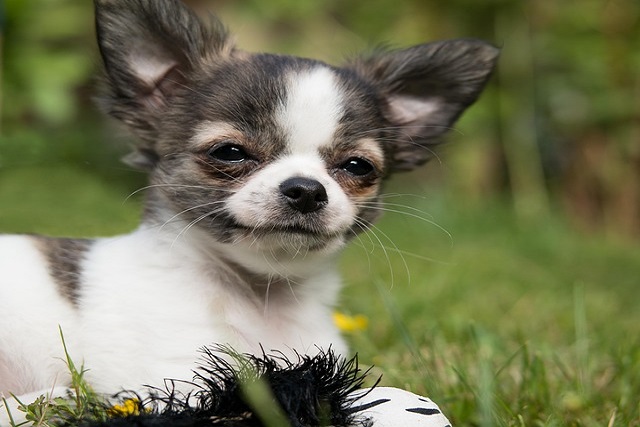
Gradually build duration. Once they grasp the "one step = treat" concept, ask for two steps before rewarding. Then three. Then five. Mix it up! Sometimes reward after one step, sometimes after four. This keeps them guessing and engaged, constantly checking in with you. Use a happy voice and praise enthusiastically alongside the treats – your energy matters. Remember, you're competing with squirrels, intriguing smells, and other dogs. Your rewards (treats, praise, forward movement) need to be worth their while.
Choose supportive gear. A well-fitted, front-clip harness is your best friend for this training. When your dog pulls, it gently steers their chest towards you, making pulling physically awkward and less effective. It’s a built-in, gentle reminder without pain. Ditch the retractable lead completely for training. It constantly rewards pulling by giving more line and provides zero consistent feedback. A standard 4-6 foot fixed-length lead is essential for control and clear communication. Ensure your dog also wears a secure collar with up-to-date ID tags – a legal requirement virtually everywhere for public safety and quick reunions if the unexpected happens.
Manage the environment for success. Don't start training on the busiest street corner! Begin in your quiet backyard, hallway, or a deserted parking lot. Low distractions allow your dog to focus on learning the new rules. If they get overwhelmed and lunge (it happens!), calmly stop walking. Wait for the leash to slacken, mark that moment, reward, and only then continue. Be prepared to cut walks short initially to end on a positive note before frustration sets in. Success in short bursts builds confidence.
Consistency is non-negotiable. Every walk is a training opportunity, especially in the beginning. Everyone who walks the dog must use the same method. No allowing pulling sometimes because you're late or tired. Inconsistent rules confuse your dog and undo progress. If pulling has been their default mode for months, changing that habit takes dedicated repetition. Celebrate the small victories – five seconds of calm walking is progress!
Sniffing is important! Don't aim for robotic marching. Allow designated sniff breaks after periods of focused walking beside you. Use a release cue like "Go sniff!" when you stop, letting them explore on a loose leash. This teaches them that walking politely earns them access to the wonderful sniffing world. It satisfies their natural instincts while reinforcing the desired walking behaviour.
Be patient and set realistic expectations. Puppies have short attention spans. Adolescent dogs are bundles of energy. Rescue dogs may have ingrained habits. Some days will feel like backsliding. That's normal. Keep sessions positive. If you feel frustration rising, it's time for a break. Force-free professional trainers are fantastic resources if you hit a plateau or need tailored advice for your dog's specific challenges.
Training your dog to walk beside you transforms a daily chore into a joyful connection. It builds trust, reinforces your bond, and ensures walks are safe and compliant with local regulations, whether navigating London streets or French countryside paths. By clearly showing your dog that staying near you is the most rewarding choice, you pave the way for countless relaxing adventures together. Enjoy the journey!

Many new dog owners notice the same pattern: grabbing your keys triggers whimpers, paws scratch at the door, and suddenly your pup is in full panic mode.
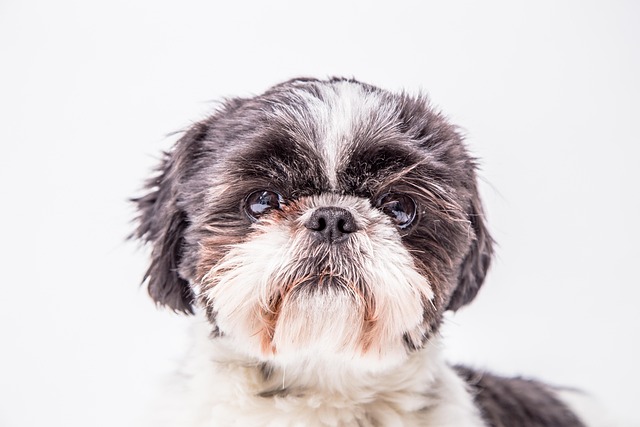
Finding little surprises around the house is part of puppy parenthood, but that doesn’t mean it has to last. A new pup doesn’t know your rules—they’re still figuring out their own body signals, let alone where to go when nature calls.
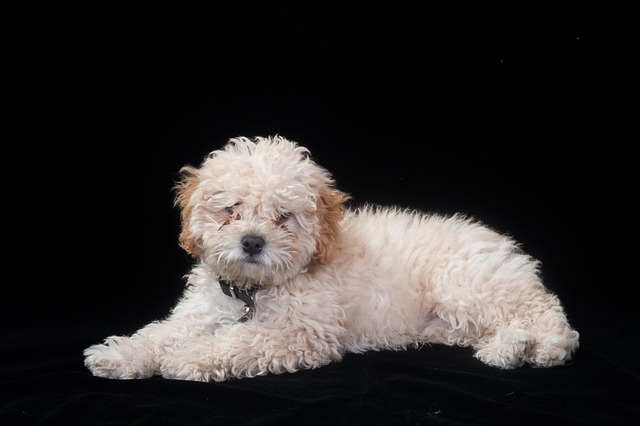
Teddy bear puppies, with their squishy faces and fluffy coats, melt hearts easily—but when it comes to potty training, their cute exterior doesn’t always translate to smooth sailing.
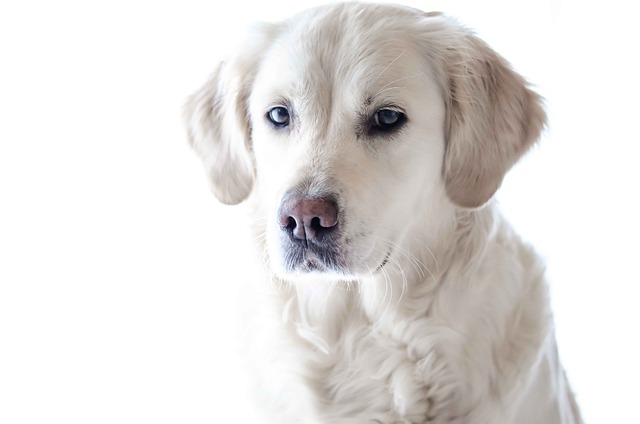
That stubborn moment when your dog plants all four paws like a furry statue during your neighborhood stroll - while frustrating, this behavior usually signals something deeper than
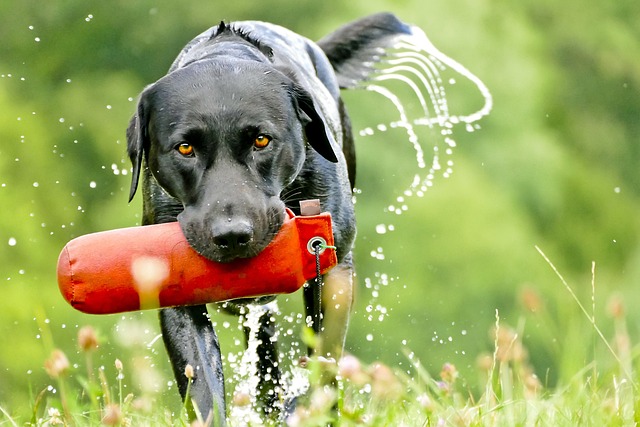
That moment when you're trying to navigate your narrow apartment hallway and your Golden Retriever becomes an immovable furry roadblock
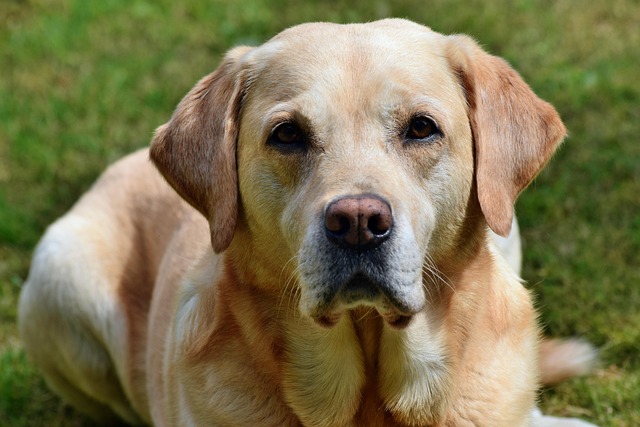
Dogs are creatures of habit, and when they start using their crate as a bathroom, it’s usually a sign something’s off in their routine or environment.